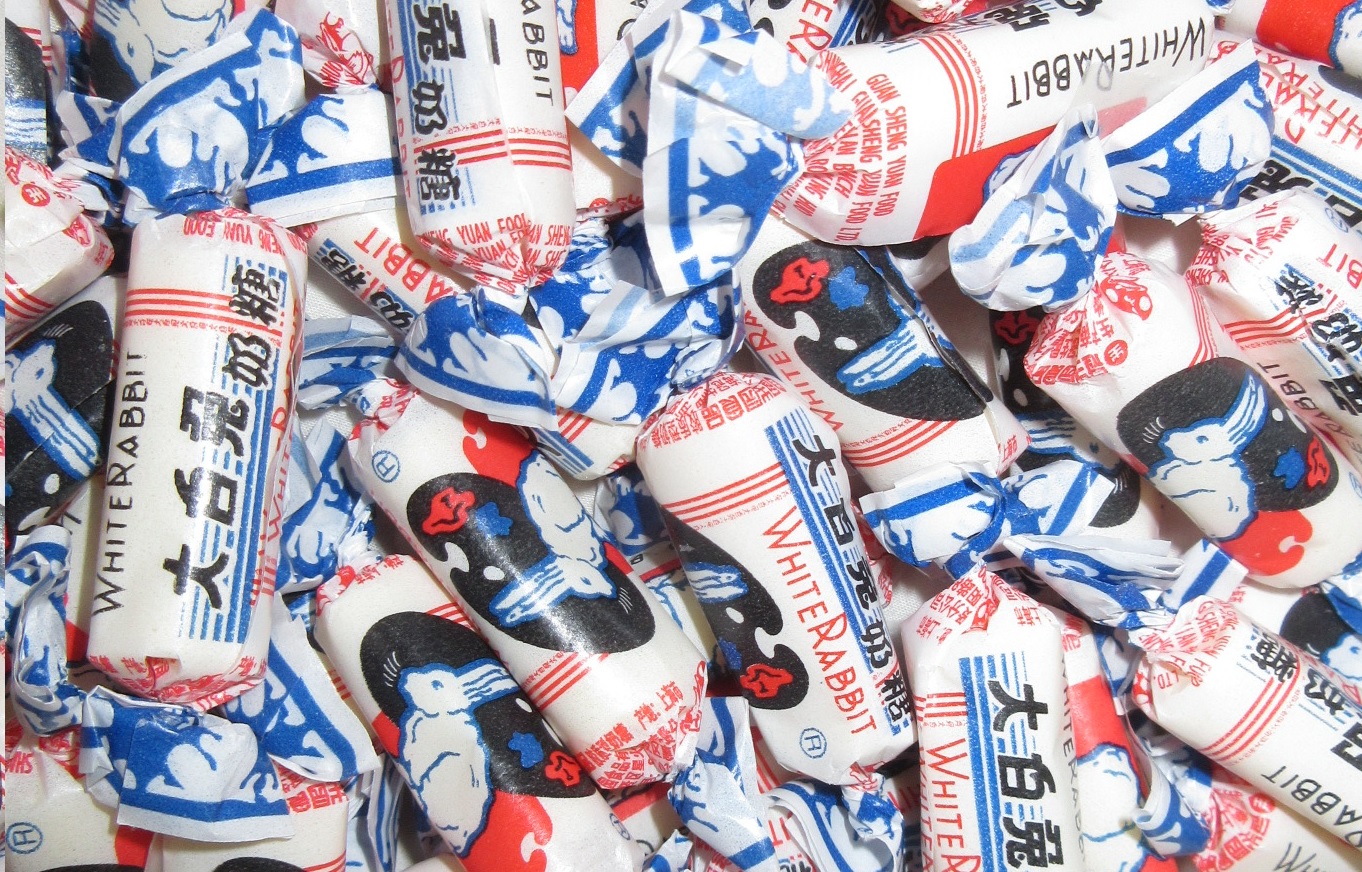Introducing: Mingbai, common Chinese knowledge for the non-Chinese
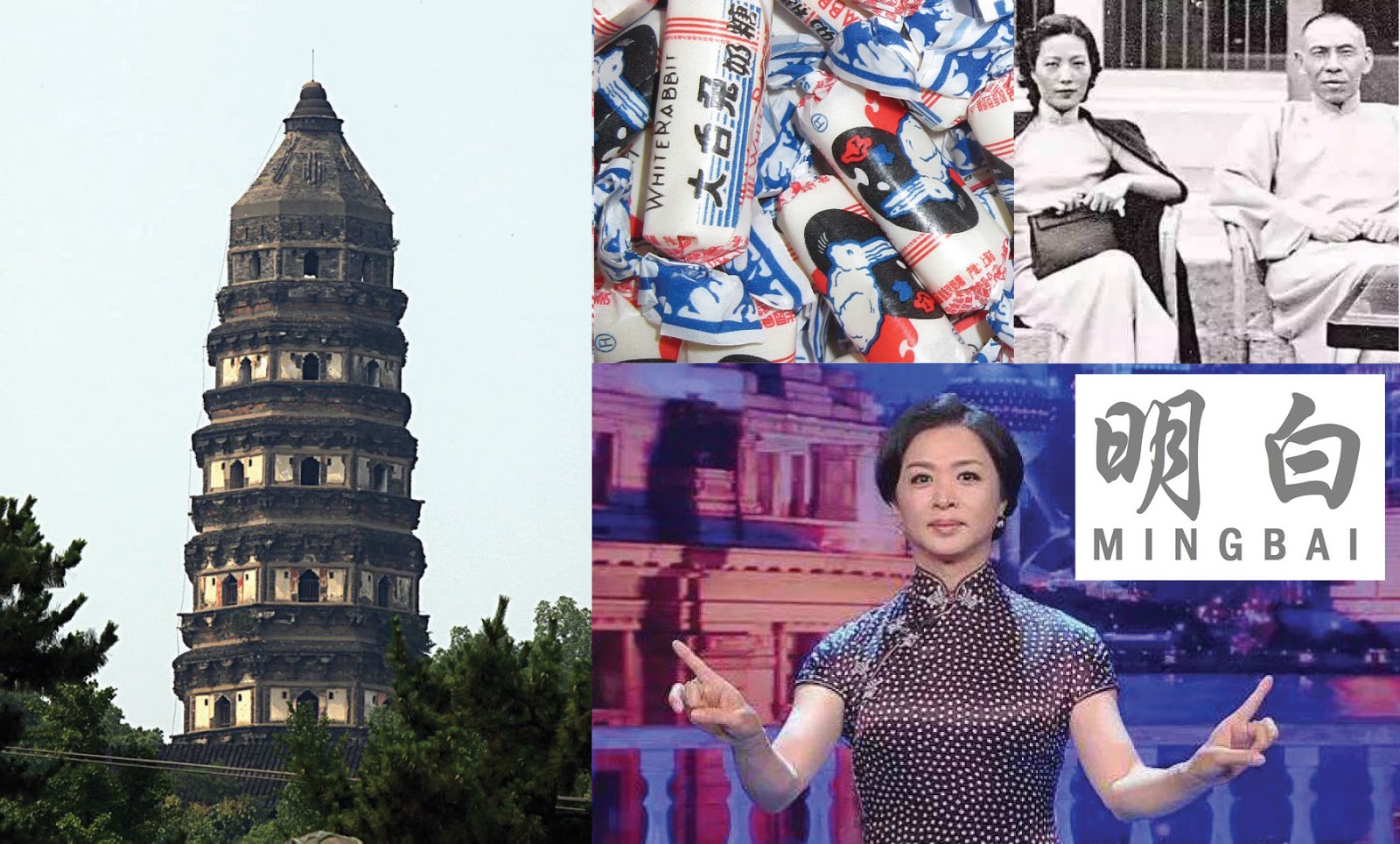
Editor’s note: We’re excited to be partnering with Mingbai (明白, meaning “understand”), a recently founded daily newsletter that provides an important window into the mental storeroom of the average Chinese. As it says on the website GetMingbai.com (go there to sign up for the newsletter!):
With Mingbai, you receive a short article in your e-mail inbox every morning, a 1-minute read with an eye-catching picture. Each day you’ll learn something that everyone in China knows, but almost nobody outside the country knows. Whether it’s food, history, famous people or figures of speech, Mingbai will equip you to understand the second superpower of the 21st century as the Chinese themselves do.
Mingbai authors Christian Føhrby and Deng Jie will swing by every Wednesday to present a deeper look at one of their weekly topics. But today, as an introduction, a roundup of five representative posts: what every Chinese person knows — and what you will know soon as well.
THE WHITE RABBIT
There are two layers of wrapping — the inner one is edible rice paper!
大白兔 (Dàbáitù), marketed abroad as “White Rabbit Creamy Candy,” is one of the most-sold sweets in China. Many Chinese have fond childhood memories associated with these milky treats.
They were first produced by Shanghai Guanshengyuan Food Company (上海冠生園食品有限公司) in 1959, specially made for the 10th anniversary of the founding of the People’s Republic. This was during the time of the great famine following the Great Leap Forward, making these sweets a rare luxury that had to be purchased with food stamps.
Today, Dàbáitù is nothing less than a national symbol. In fact, it is so essential to the Chinese nation that it was presented as a gift to President Nixon, the first U.S. president to visit China after the revolution.
Dàbáitù took a PR hit during the 2008 milk melamine contamination scandal, but quickly returned to popularity with a superhuman feat of brand management — a case often taught in Chinese business schools.
THE QUEEN OF SASSY
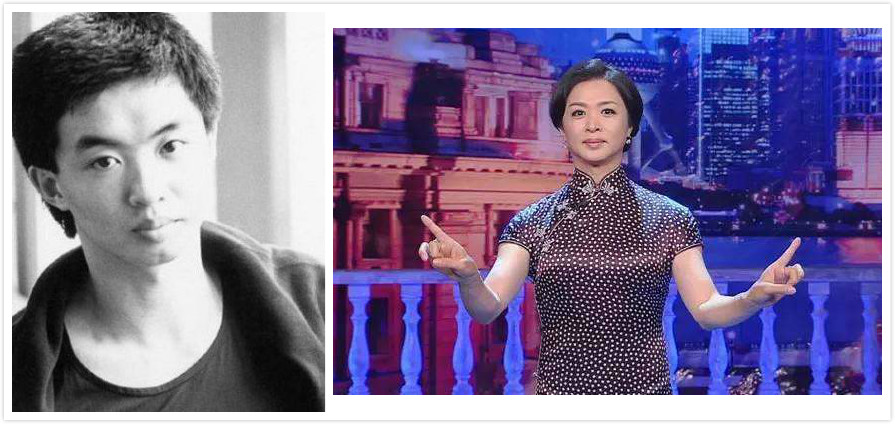
Jin Xing 金星 is China’s most famous transgender person. Assigned male at birth, Jin became a professional dancer, training in New York, touring in Europe, and winning the Taoli Cup Dance Competition 桃李杯舞蹈大赛, China’s most prestigious dance award.
At age 26, Jin Xing became the first to get Chinese government approval to undergo a sex change operation. The operation left her leg temporarily paralyzed, but she eventually regained her dancing ability. She adopted three children and married a German before rising to superstardom as a judge in the Chinese version of So You Think You Can Dance?
She since started her own weekly talk show, the Jin Xing Show, where she has been sassily roasting famous people in front of an audience of 100 million. Her trademarks are her sharp criticisms of everything and her special hand gesture, “完美” (wánmeĭ) — perfect.
THE GODFATHER
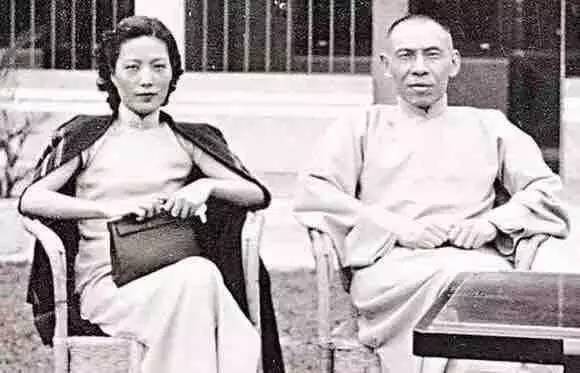
Du Yuesheng 杜月笙 was the most notorious gangster boss in China’s history.
Born near Shanghai in 1888, he was orphaned at age 9 and subsisted through petty theft and odd jobs. He eventually got involved with the criminal underworld and was able to rise through the ranks with the help of his gangster boss’s wife, who took a “liking” to him.
By his thirties, he had become the uncontested ruler of Shanghai’s gambling, prostitution, and drug empire, and was known as “Big-Eared Du” (see picture!).
His “Green Gang” was in league with Chiang Kai-shek’s Nationalist Party, to which the gang paid racket money for staying out of the opium trade. Chiang hired the gang to carry out the “White Terror” of 1927, a massacre of thousands of Communists that forced Mao to retreat to the countryside and carry out guerilla warfare.
After the Communist takeover in 1949, Du Yuesheng went into exile in Hong Kong.
THE LEANING TOWER OF…SUZHOU!
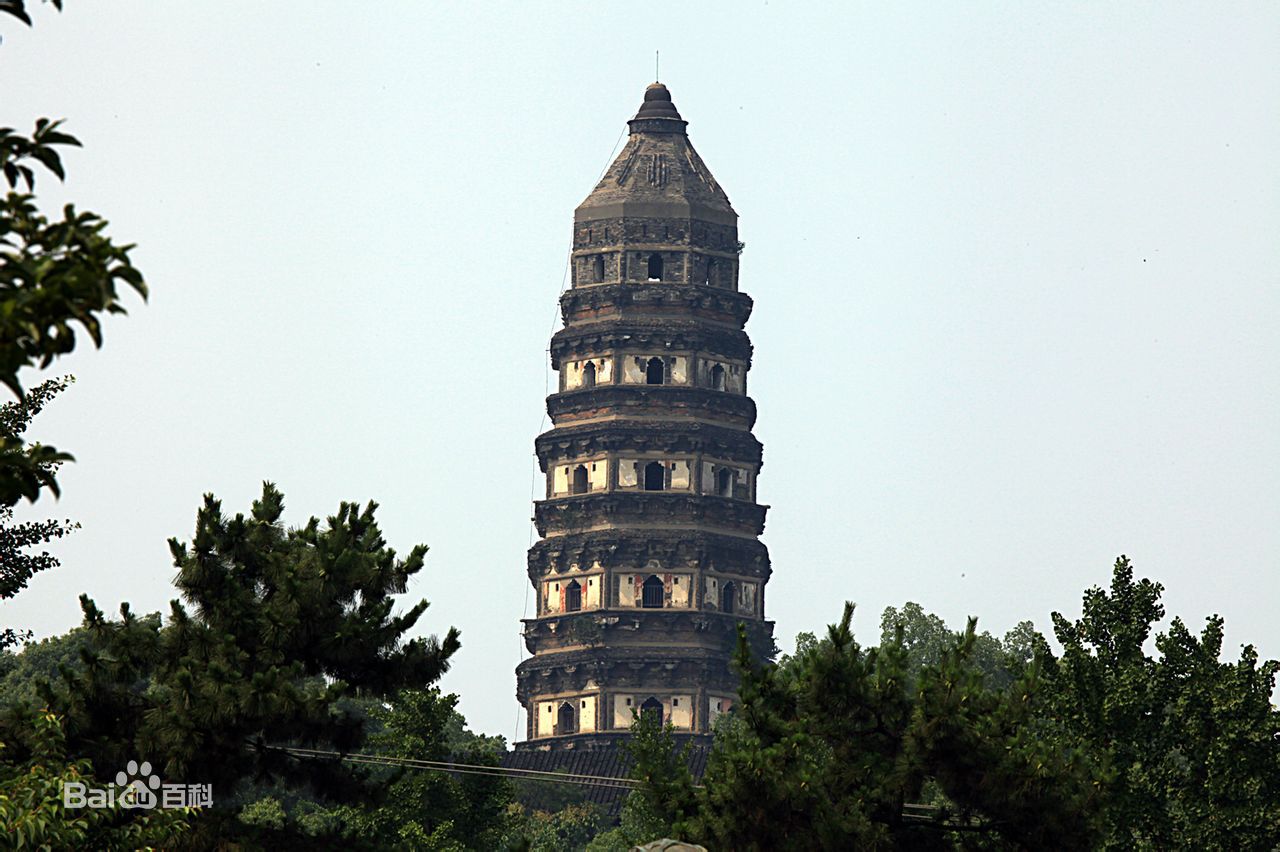
云岩寺塔 (Yúnyán Sìtă), the Tiger Hill Pagoda, is the centerpiece of Tiger Hill, one of China’s most-visited tourist sites. The tower is almost-but-not-quite-as-leany as its Pisa cousin, but it’s a few centuries older, so that’s 1-1.
Tiger Hill is a beautiful oasis in the ancient city of Suzhou, which, in other news, is known as the “Venice of the East” for its elaborate canal system, its famous gardens, and general beauty. But, hey, who says you can’t be two Italian cities at the same time?
The area has many other sights, including the Sword Pond, rumored to contain thousands of precious swords, and an impressive bonsai tree garden.
Additional fun fact: There are several towers that lean even more than these two famous ones, in Germany, New Zealand, and the United Arab Emirates — but the latter two are cheating, as they were built to lean!
GREEN TEA BITCHES
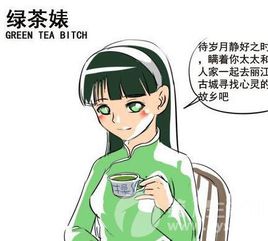
绿茶婊 (Lǜchá biǎo), “green tea bitch,” is maybe the worst thing you can call a self-respecting Chinese female: A green tea bitch is a pure, fresh-faced, pretty, sugar-sweet, cute, innocent-looking absolute bitch!
Explanation: Green tea is the purest type of tea, made from fresh, unprocessed tea leaves. Nothing mean can ever come from green tea. A green tea bitch, then, is that deceptive combination of an innocent good-girl appearance and a stone-cold bitch heart.
Soft-voiced, sweet-looking, and more-pretty-than-sexy, green tea bitches emulate the typical Chinese “nice girl,” typically with long, straight, black hair. They use no bling-bling in their makeup, since they prefer possible suitors to think they look natural and sweet.
Calculating and tricksy, green tea bitches badmouth other girls (and as a result, mostly have male friends) and make unsuspecting men pay for their shopping, etc. Men love them. Women straight up hate them.
Come back next Wednesday for more Mingbai, and remember to sign up for its daily newsletter.
